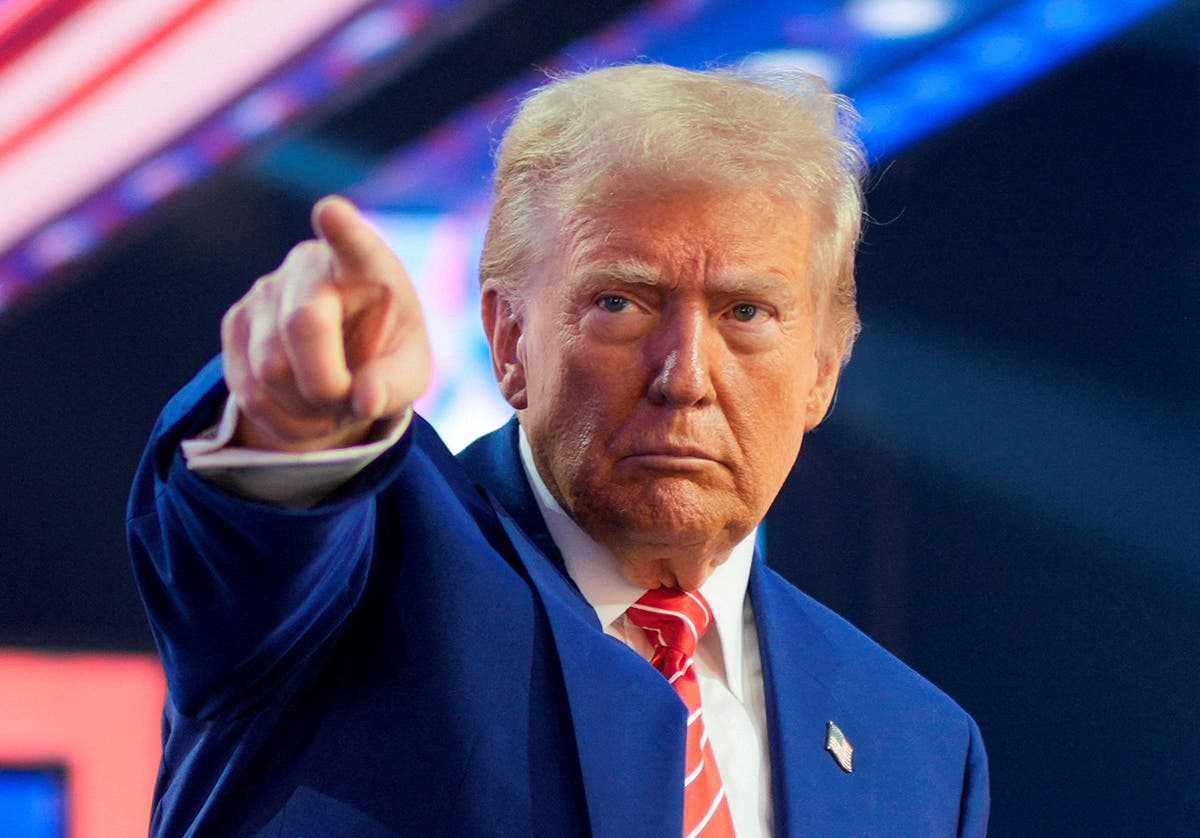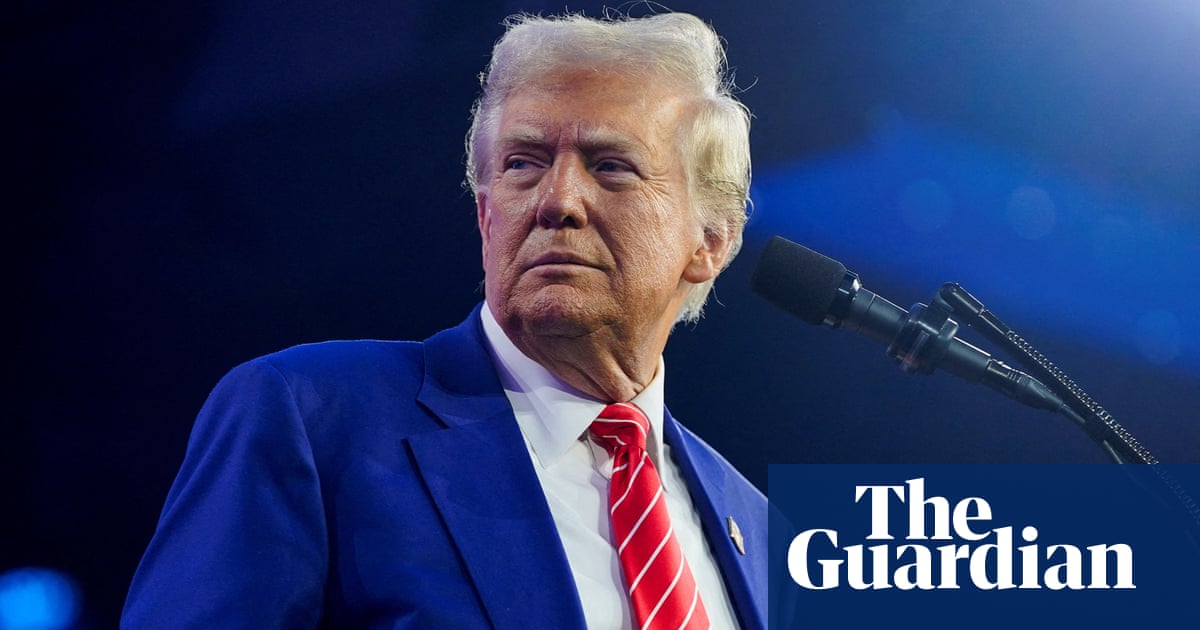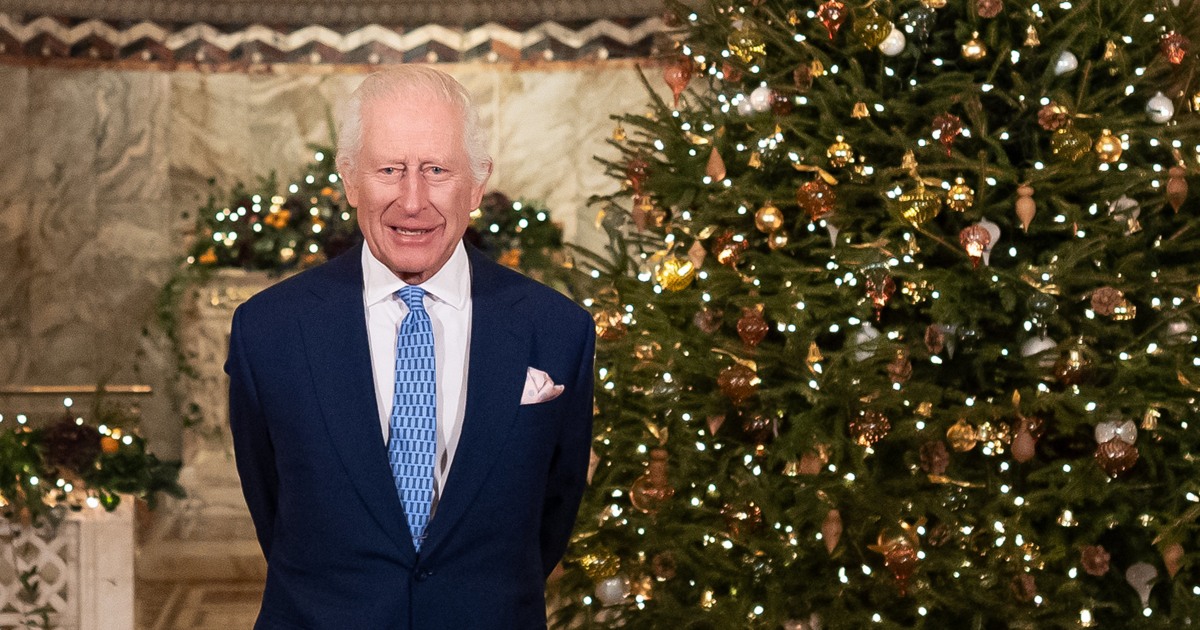Jobs
Rising unemployment and weaker U.S. jobs market could dictate pace of Fed cuts

The Federal Reserve has two jobs: Keep inflation low and keep unemployment low. That’s what Congress requires by law.
Job No. 1 has mostly been accomplished. Job No. 2 is in more doubt.
The yearly rate of inflation has slowed to 2.5% from a 40-year peak of 7.1% a few years ago, based on the Fed’s preferred PCE price index. The current rate is not far from the Fed’s 2% target.
The Fed’s other priority – maintaining a strong labor market – has overtaken inflation as the chief worry. If Fed officials think the labor market is worse than it looks, they are sure to step up the pace and size of rate cuts.
Mind you, Fed officials had hoped higher interest rates meant to bring inflation to heel would also cool off an overheated labor market. And that’s exactly what happened.
Job openings have tumbled, hiring has petered out and the unemployment rate has risen to 4.2% from a cycle low of 3.4%.
Yet the Fed doesn’t want unemployment rise much further – instead it seeks a Goldilocks labor market that is neither too hot nor too cold.
Fed Chairman Jerome Powell vowed in a major speech a few weeks ago that “we will do everything we can to support a strong labor market.”









